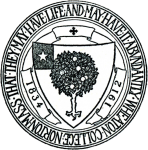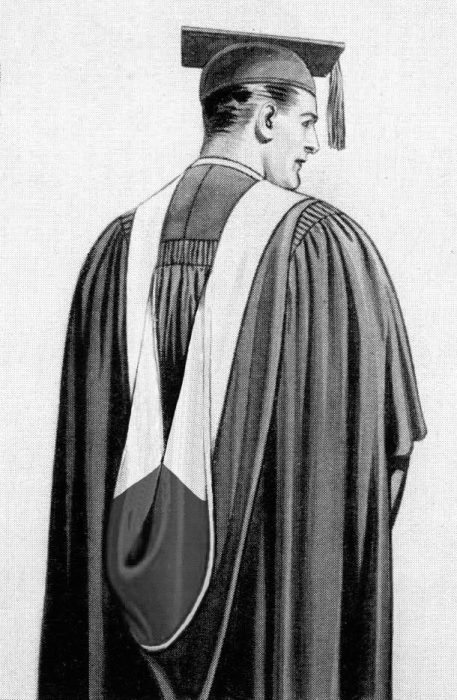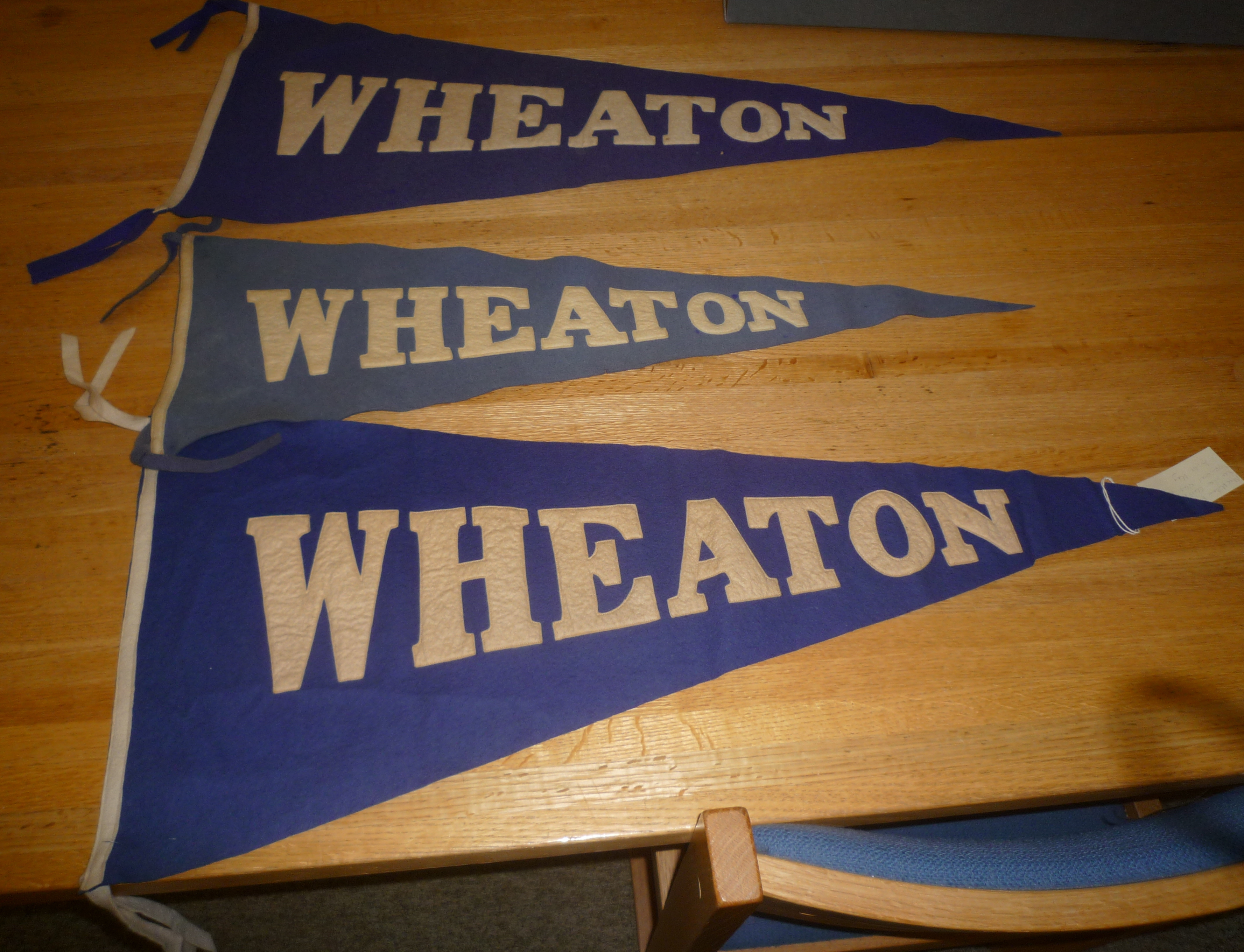Wheaton College
Massachusetts
1834




Detailed historical information about the dark blue and white college colors of Wheaton College is not available at this time.
Citations in the World Almanac (listed by cover date; color information is from the previous year): dark blue/white (1915-1916); blue/white (1917-1931); blue (1934-1935)


Although it may have been assigned earlier, the academic hood lining design for Wheaton College in Massachusetts was first cited in a 1918 Encyclopedia Americana article on academic costume written by Gardner Cotrell Leonard, the Director of the Intercollegiate Bureau of Academic Costume (IBAC). Leonard stated that the college had been assigned a hood lining that was “white above blue, parti-per-chevron, reversed”. The Bureau reversed the direction of the heraldic division in Wheaton’s hood lining to avoid duplication with the hood design the IBAC had already assigned to the University of Kentucky (white above blue, divided per chevron).
To more accurately describe the shade of blue in Wheaton’s hood lining, the Intercollegiate Bureau citation was revised to “Yale blue” (how the Intercollegiate Bureau often described a dark shade of blue) in 1927, 1948, and 1972 IBAC lists.
In order to conserve space, the 1927 and 1948 Intercollegiate Bureau of Academic Costume descriptions were also shortened to state that Wheaton’s hood lining was “white above blue” without specifying the heraldic pattern that was being used to separate the two colors. These abbreviated citations strongly suggest that some of the duplicate per chevron designs for other colleges and universities in the 1927 and 1948 Intercollegiate Bureau sources were actually per reversed chevron designs.